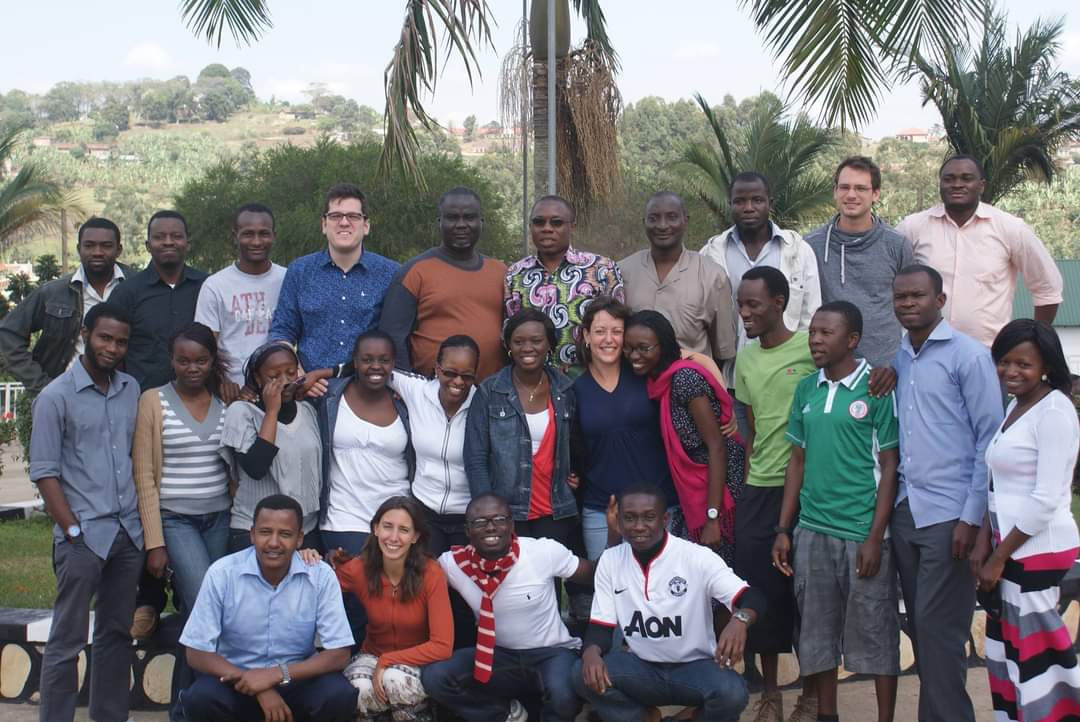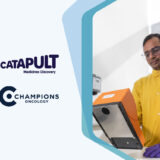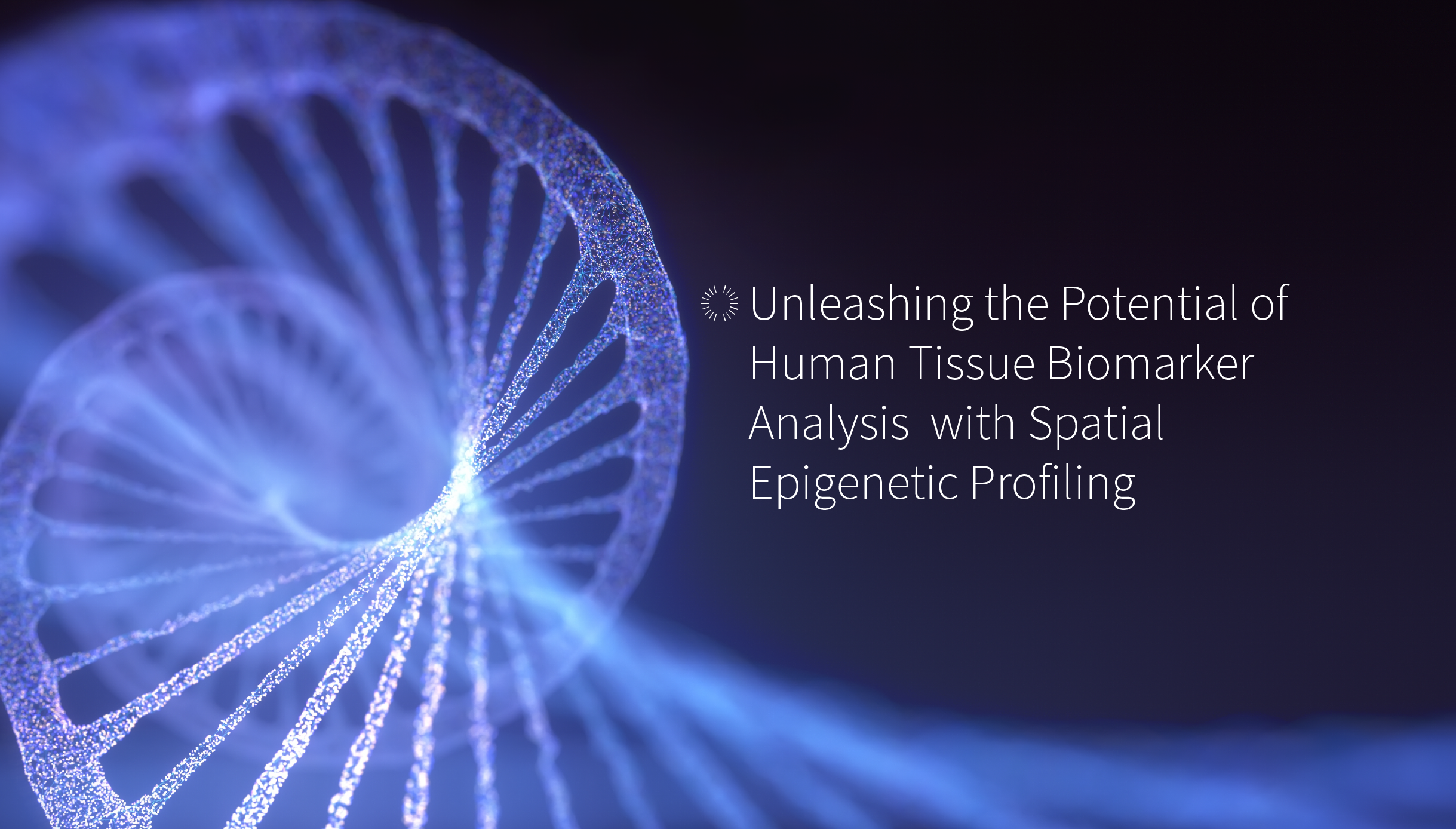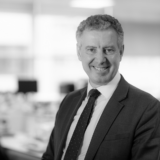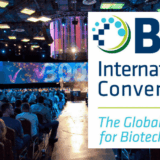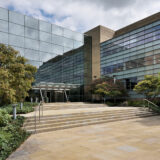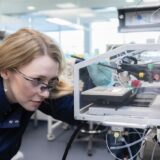Meet Isabel Peset-Martin – Senior Scientist in Advanced Microscopy
Which team do you work in and what does that team do?
I work in the Molecular Technologies team within Discovery. We apply new technologies for drug discovery and biomarker research.
Our role is to collaborate with SMEs and academics to find novel approaches to help in the development of new drugs.
What’s your role within your team?
I am a Senior Scientist in advanced microscopy – I help develop projects that involve advanced light microscopy – generating data to support the understanding of a drug’s mechanism of action. Also, for biomarkers: Understanding how they can help us for diagnosis or to follow a disease’s progression and the impact of treatments.
How does your role support other functions within the organisation?
My role involves two aspects:
- Establishing the microscopy capability within MDC
Internally, I am giving support to all the projects that involve imaging–from designing the experiment to training my colleagues in how to use a microscope and the analysis software. Externally, I identify new technology and tools in the field to enhance the MDC microscopy capability and portfolio. I liaise and partner with microscopy manufacturers, national imaging facilities, and institutes to ensure we are at the forefront of advanced light microscopy. - And I develop my own projects
I establish collaborations with SMEs or academics, to develop projects to study novel therapeutics using microscopy as the main technology tool.
A recent project I worked on was establishing a collaboration with Nottingham University, with the Neil Thomas lab. We have been awarded a small grant from the Integrated Biological Imaging Network (IBIN) to develop a project around nanoparticles and nanotherapeutics. We are studying the nontherapeutics that are being developed in their lab, using our microscopes.
What do you aspire to achieve in this industry?
Advanced microscopy has always been widely used in academia; it is really well established in all the research institutes.
There’s always the question of, why is it not used for drug discovery? Mostly because it’s expensive and you need people with skills. It does not provide high throughput, and it is time-consuming. However, drug discovery is changing – it’s not only about small molecules. It’s now developing to more complex medicines that require different technologies to characterise them – microscopy will give better analysis, providing the molecular understanding of the drug mechanism action.
I would love to see advanced light microscopy have a place in new drug discovery – used as one of the key technologies to help make the right decisions for a drug to reach the clinic.
Are you a member of any communities or professional societies?
I am a member of several microscopy societies:
- The Royal Microscopy Society – this society is a great platform to keep informed about all the recent developments and, most importantly, networking. They organise courses and conferences.
- BioImagingUK – European Microscopy Society – another networking society that gives regular updates; the field is fast moving. It’s important to stay well connected, to be on top of the latest developments. This network hopes to bring together people and skills from all aspects of the imaging community to further research and development.
- Societies around topics – I am a member of the IBIN – I get invited to talk at their events. They have put together a network of researchers and industry to provide bioimaging solutions; it’s focused on 3D models .
On the side, I am part of the Society of Spanish Researchers, where I do a lot of public engagement activities. I organise a contest for adults to write science short stories for kids – Science me a Story – this year, it’s our third edition, with two categories, one Spanish and one English.
We are aiming to use writing as tool to communicate science to children. We are now venturing into YouTube audio stories and publishing a digital book with all the winning stories from the third edition. We want the stories to reach the children and encourage people to read and listen – it is a really good way to learn.
To date, what’s the most extraordinary or interesting job or project you’ve had in your career?
I was involved in an NGO, Trend in Africa – their aim was to establish labs and promote science in Africa and give them the tools to develop their own science.
The programme was a two to three-week science course. All the lab materials are collected from the UK and delivered to Africa.
While I was there, my role was to teach the students in Uganda – it was such an amazing experience for me. We set up a microscope and did some DNA structures. I explained a lot of the concepts around genetics and microscopy. We focused on their model system, the fruit fly. This is inexpensive, so they can do a lot of neuroscience with the fly.
I went in 2013, when the initiative first came about, now there are a lot of courses with more advanced science. It’s really nice to see how Trend in Africa has grown over the years, and the opportunities it provides the students.
For me, it was revealing as it was the first time I had taught anyone. The students were always engaged, intently listening to everything I was saying; a really motivated group. They wanted to learn and understand and appreciated the opportunity. I had an absolute fantastic time.
Definitely an experience I am forever proud of – it was amazing to help Africa develop their own science.


